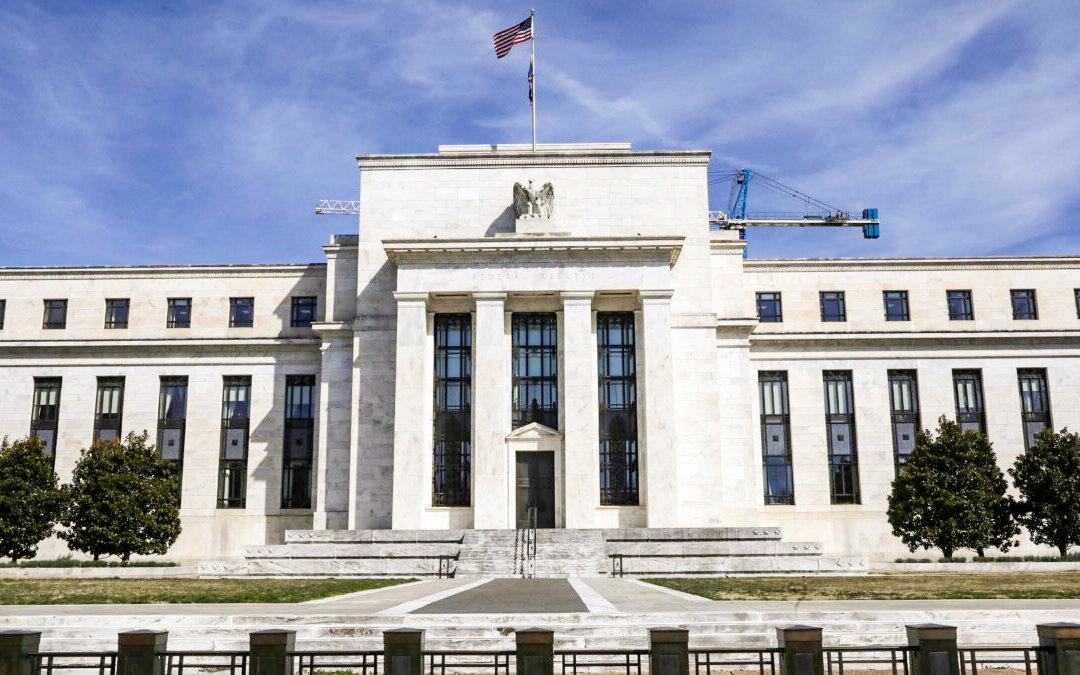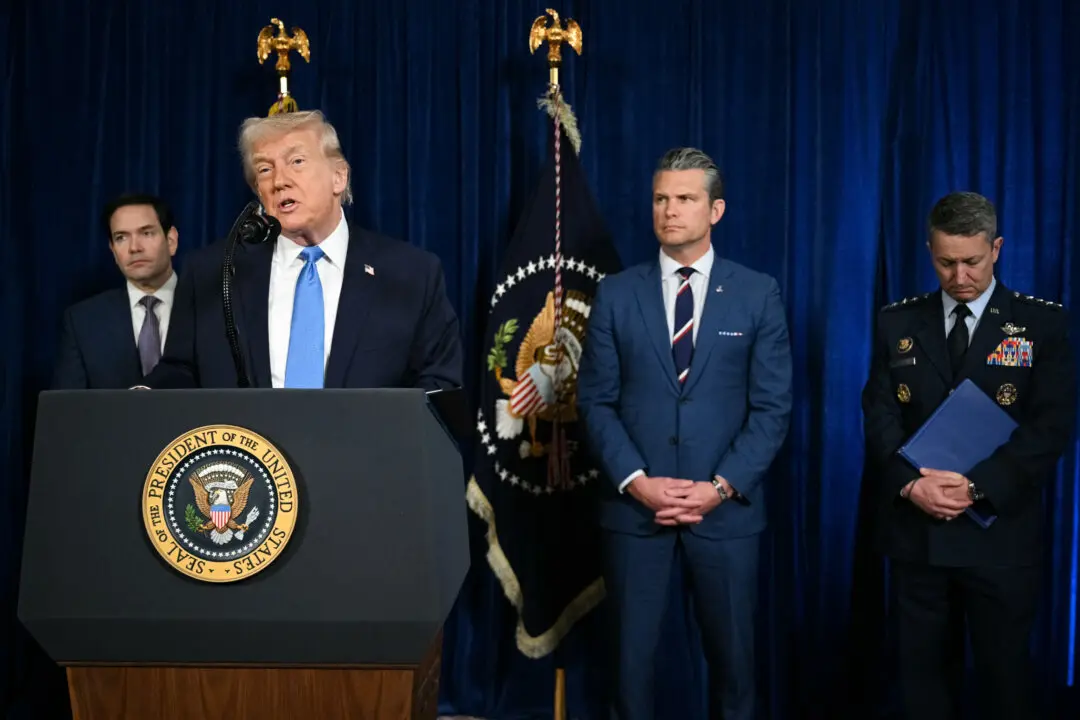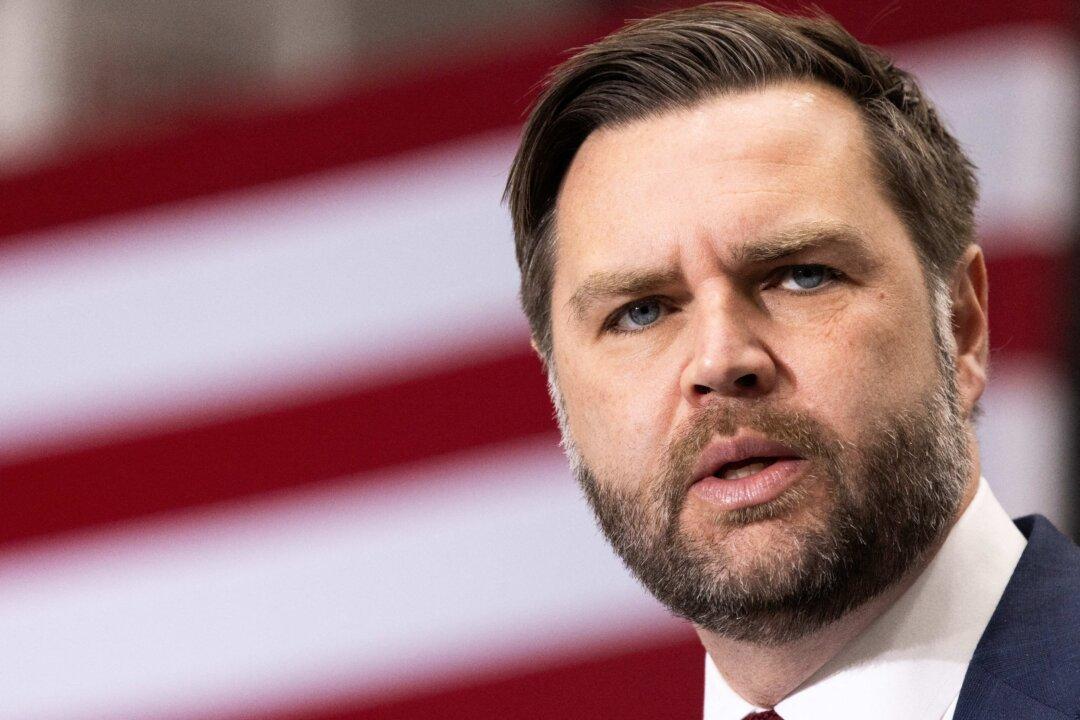Goldman Sachs has brought forward its forecast by a year to July 2022 for the first post-pandemic U.S. interest rate increase, with the investment bank predicting that persistently high inflation will force the Federal Reserve to roll back its stimulus measures more aggressively.
“The main reason for the change in our liftoff call is that we now expect core PCE inflation to remain above 3 percent—and core CPI inflation above 4 percent—when the taper concludes,” Goldman’s chief economist, Jan Hatzius, wrote in a client note.





